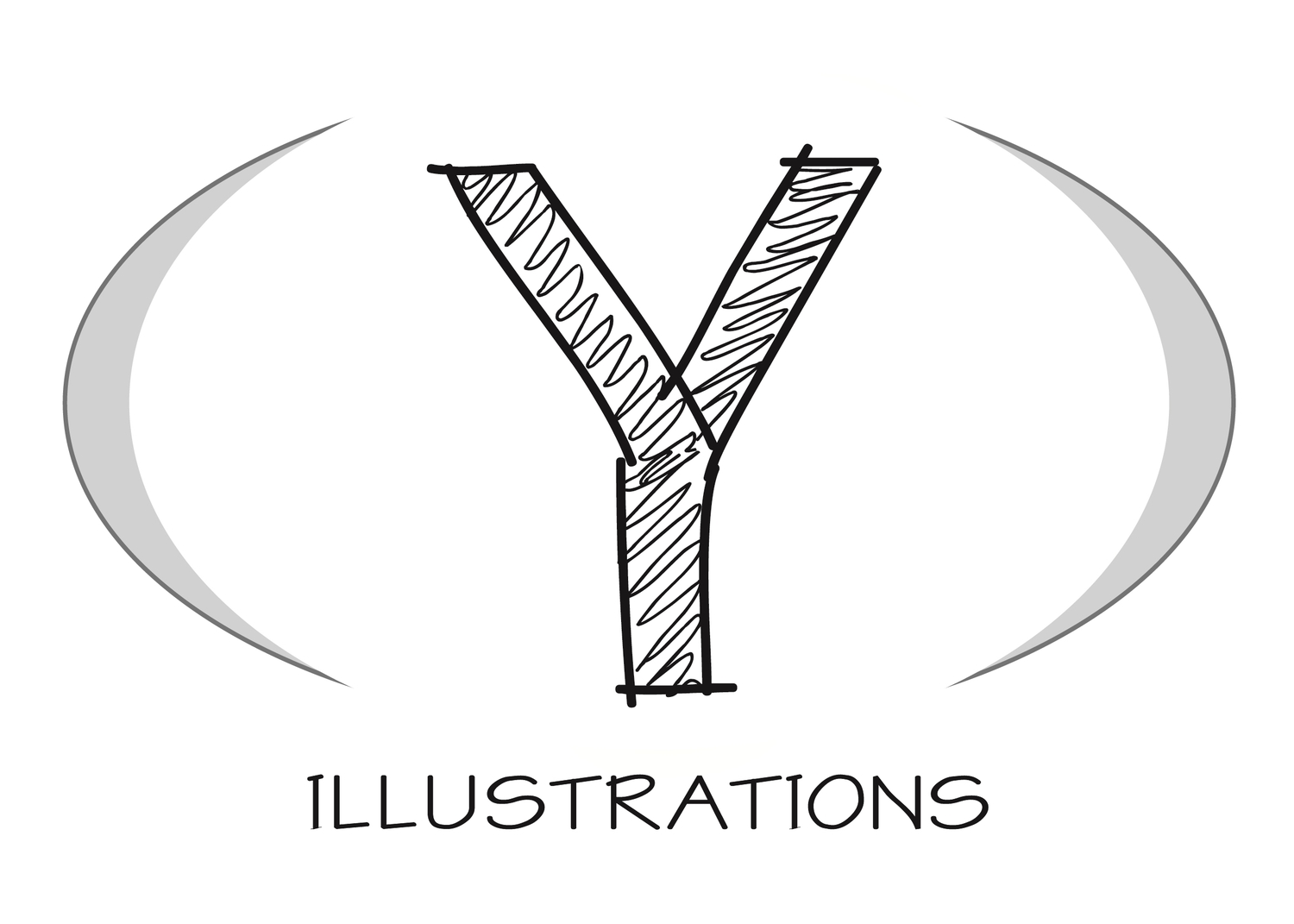That was not logical. I have to admit that my argument was based on a misunderstanding about “art”. When I recently searched the term “fine art” on Wikipedia, which is not necessarily the most academically reliable sources but it is one of the most popular sources on earth, my understanding about the word art changed. It says,
“… fine art is a visual art considered to have been created primarily for aesthetic and intellectual purposes and judged for its beauty and meaningfulness, specifically, painting, sculpture, drawing, watercolor, graphics, and architecture. In that sense, there are conceptual differences between the fine arts and the applied arts.
… The word ‘fine’ does not so much denote the quality of the artwork in question, but the purity of the discipline according to traditional Western European canons.”
As I am devoting my time towards drawing, I have definitely experienced the hope I have for each piece through the effort of making it visually pleasing, expressing the integrity and authenticity of the drawing object, keeping it pure and focusing on the beauty of architecture and its surrounding environment. I have even adopted a habit that when drawing existing buildings, I choose the ones that have grown into the environment rather than a brand new structure. In this sense, my drawing is a form of fine art and, even only for this reason, it is practical. It has a meaning and purpose; that is, through producing an aesthetically pleasing drawing to promote the appreciation of the beauty of architecture and to advocate thoughtful and artful architectural design practice.
On architecture being a type of fine art, Wikipedia explains,
“Architecture is frequently considered a fine art, especially if its aesthetic components are spotlighted — in contrast to structural-engineering or construction-management components. Architectural works are perceived as cultural and political symbols and works of art. Historical civilizations often are known primarily through their architectural achievements. Such buildings as the pyramids of Egypt and the Roman Colosseum are cultural symbols, and are important links in public consciousness, even when scholars have discovered much about past civilizations through other means. Cities, regions and cultures continue to identify themselves with, and are known by, their architectural monuments.”
It is refreshing to be reminded that architecture, when in the appropriate context, bares the responsibility of being a symbol of the society of its times within its culture. Hopefully, drawing, achieved through an artist’s trained eyes and craftsmanship, helps to reveal and record the symbolic meanings of architecture to its fullest extent.



